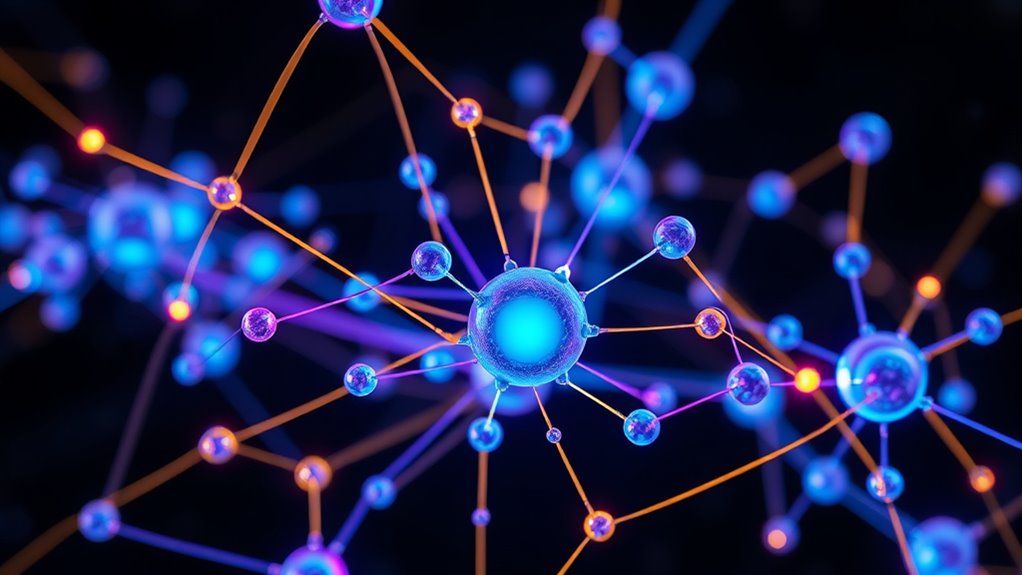Although technology is advancing rapidly, many people are curious about how to spot AI-written content. They’re also interested in how writers try to make their work seem human, even if a machine helped create it. AI detection tools are getting smarter, but some folks are finding ways to trick them. This article looks at the strategies used to avoid being caught by these tools.
AI detectors often check how predictable text is through something called perplexity analysis. They also look at writing style and structure using special computer techniques. Machine learning helps these tools spot differences between human and AI writing. Some even search for repeated phrases that AI tends to use. But writers have come up with clever ways to get around these checks. Additionally, understanding that AI detectors often rely on metrics like low perplexity can guide writers in crafting less predictable content.
AI detectors analyze text predictability and style, but clever writers are finding ways to bypass these sophisticated checks.
One method is to mix things up in the writing. By changing sentence structures a bit, the text can seem less like it came from a machine. Adding small mistakes, like typos, can also make it look more human since people often mess up while AI usually doesn’t. Writers might throw in unique references to culture or events that AI might not know well. This can throw off detection systems that expect standard patterns. It’s also worth noting that relying solely on these tools is risky since their accuracy is limited to about 80% maximum.
Another trick is to vary sentence length and complexity. Combining short, simple lines with longer, detailed ones can mimic how humans write. Adding emotional touches or personal stories also helps the text feel more real. AI often struggles to show deep feelings or unique experiences, so these elements can make a difference in fooling detectors. Teachers and educators often use AI detection tools to scan student work for potential AI-generated content, ensuring originality in assignments.
Tools like GPTZero are popular for catching AI-generated text. They use advanced methods to analyze writing patterns. But as AI keeps improving, detection gets harder. The datasets these tools rely on might not always keep up with new AI tricks. Plus, human evaluators sometimes step in to double-check if a piece seems authentic.
In the end, the battle between AI writers and detectors keeps evolving. Both sides are learning fast. It’s a tech tug-of-war, and no one knows who’ll stay ahead for long. For now, these strategies show how some aim to blend AI work with a human touch.









